The core logic of vehicle development emphasizes the importance of standardized processes and documentation. A lack of necessary documentation can render a project non-compliant, and the separation of powers is a notable feature, with management involving multiple roles overseeing the execution process. This is not a critique of the vehicle manufacturing model but an objective representation of its operational system, which is crucial for understanding its underlying logic. Vehicle manufacturers operate on the premise that 'humans are unreliable,' and the separation of powers is a vital part of the quality control system that mitigates risks associated with human factors. This model aligns well with hardware characteristics, as the lengthy update cycles inherent in hardware necessitate a conservative development approach, making agile methodologies impractical. The high costs associated with hardware modifications require extensive preparation and validation to minimize the likelihood of investment failures. In contrast, software development has lower marginal costs, allowing for flexible updates and a greater responsiveness to short-cycle business needs. Software processes are seen as 'pipelines,' focusing on system scalability and data flow, with a unified responsibility framework that promotes rapid decision-making. The essence of their differences lies in their adaptation to different cycle durations: one for slow-cycle tasks and the other for fast-cycle tasks, both aiming to control change risks but focusing on different cost dimensions. The automotive industry's emphasis on the V-model development process stems from the high costs associated with hardware changes, which necessitate thorough upfront preparation. While software development allows for quick iterations, the costs of iteration—such as the need for extensive testing—should not be overlooked. This balancing act between hardware and software developers often results in conflicts, particularly between quality management personnel from traditional automotive backgrounds and software developers from internet sectors. The cognitive processes also differ, with the internet sector favoring inductive reasoning that highlights correlations rather than strict causal relationships, while automotive professionals emphasize deductive reasoning that demands clear causal chains. Both thinking styles have their merits, reflecting the different approaches to problem-solving in their respective industries. The core challenge in the industry today is achieving rapid iteration while ensuring quality and safety, which can be addressed through system-level decoupling—separating the quick iteration systems from safety systems to operate independently in both software and hardware dimensions. This separation allows for focused innovation in user experience without compromising safety standards, ultimately leading to a more efficient development process.
Core Logic of Vehicle Development and Software Development
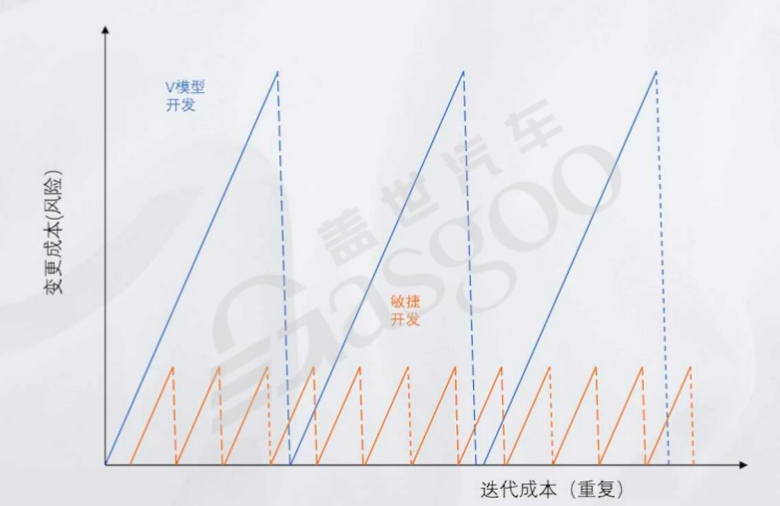
Images
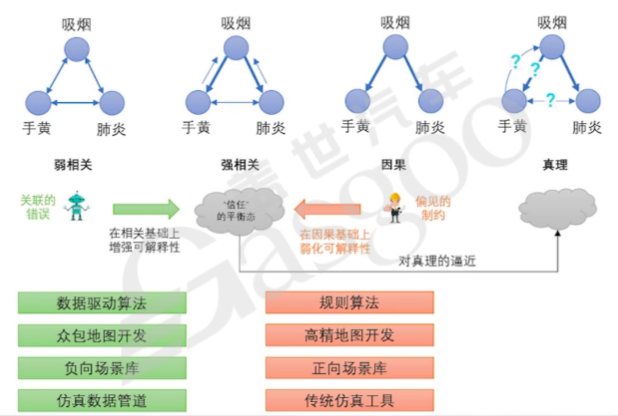
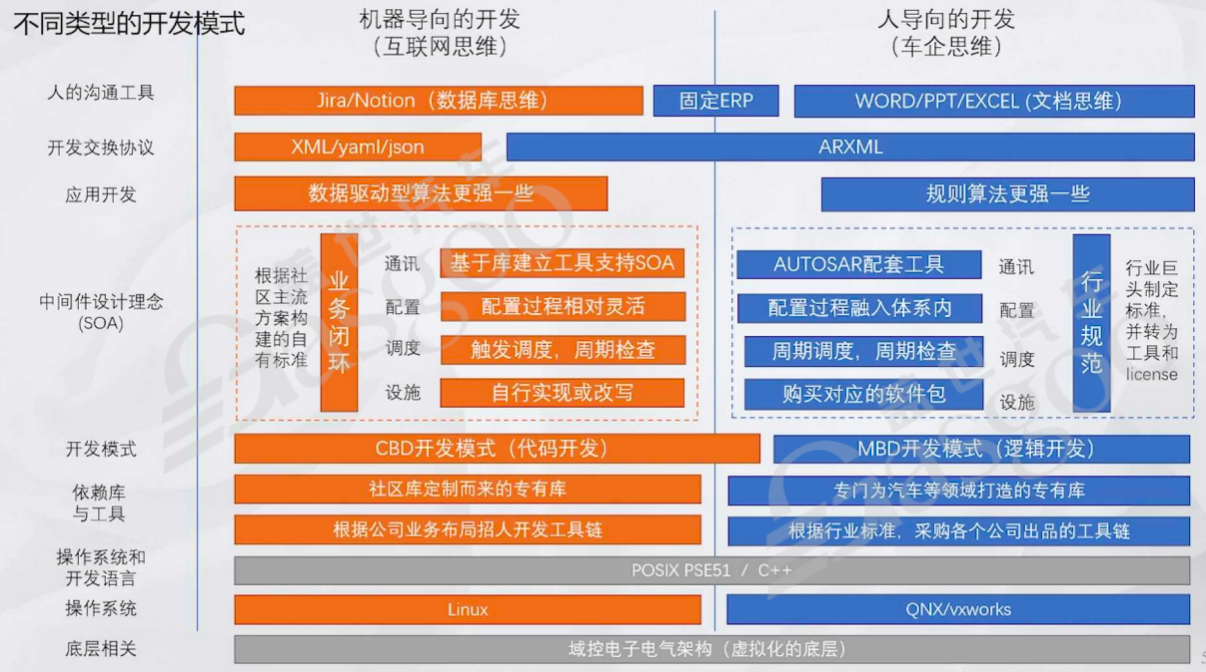
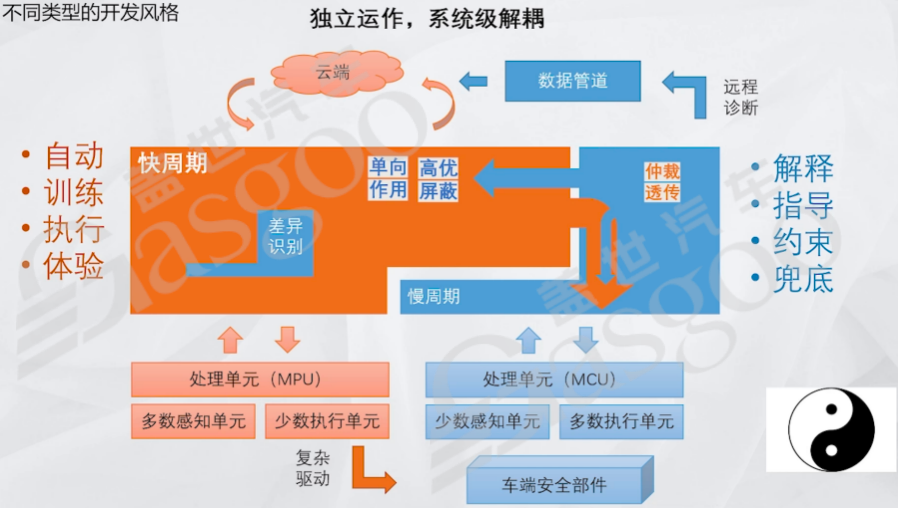
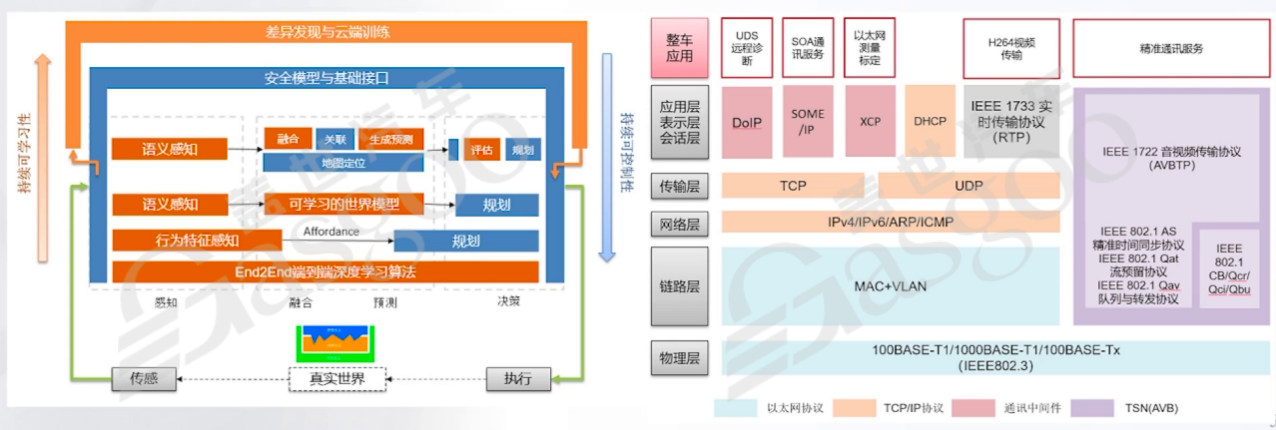
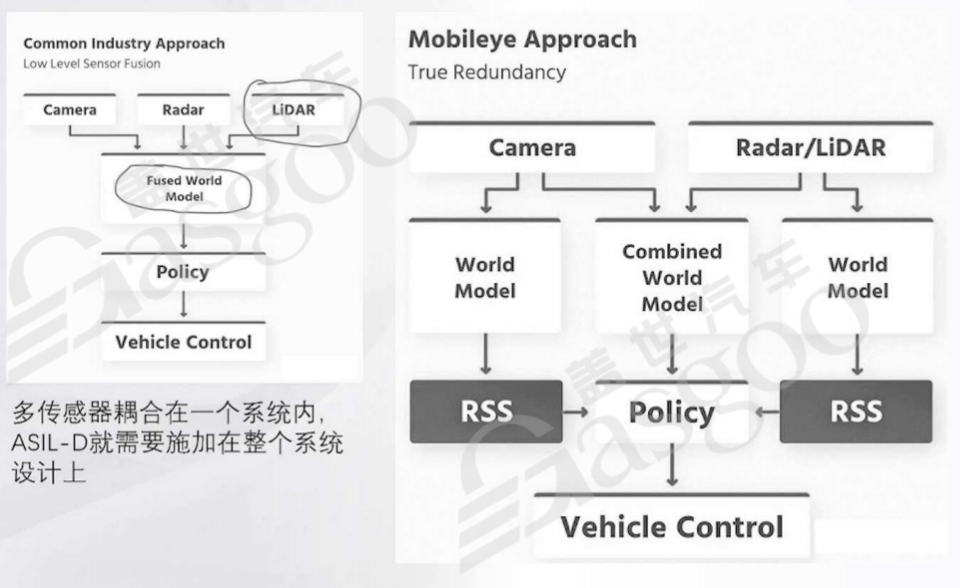
Share this post on: